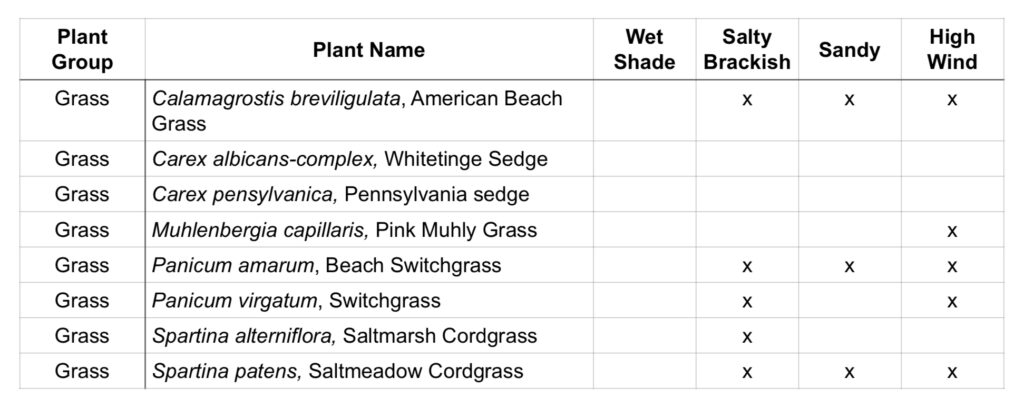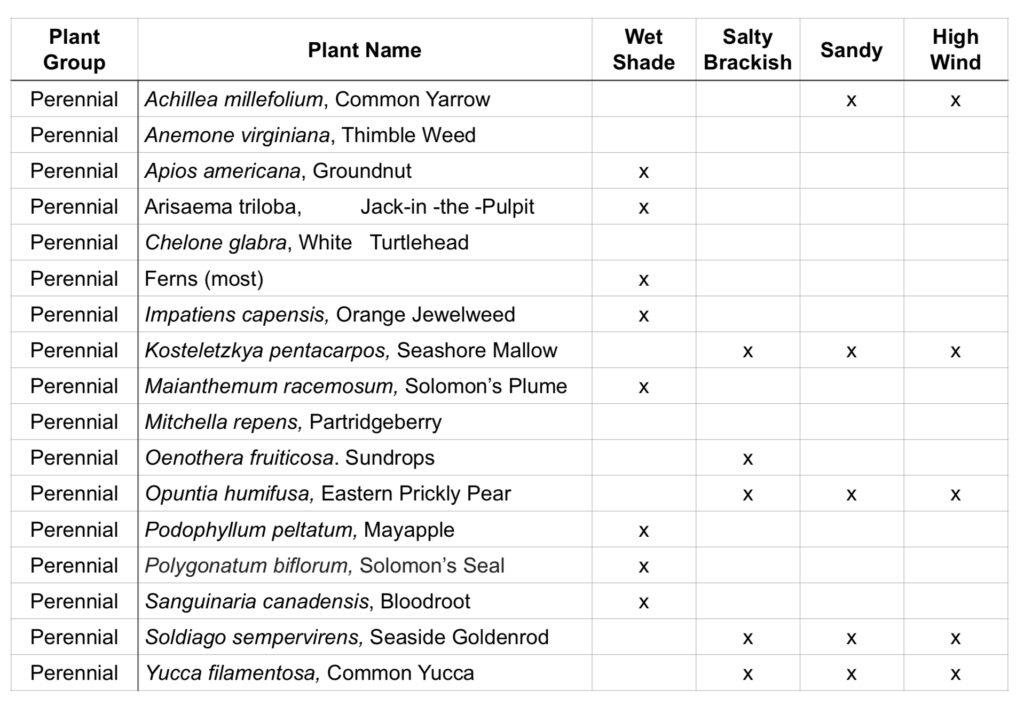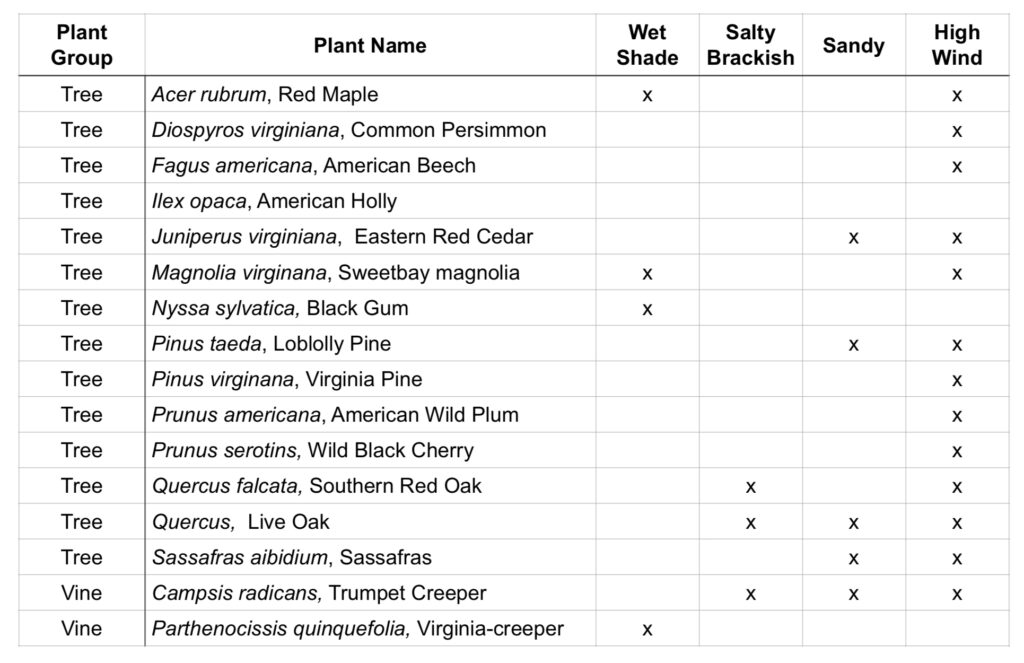Virginia native plants provide visual beauty year-round. Unique flowers, vibrant fall colors of leaves and stems, fruit shapes and colors and bark textures are all reasons to purchase native plants. Native plants also attract specific insect species, most importantly pollinators such as bees, wasps, butterflies, and moths. Native plants, trees, shrubs and vines that feed insects and subsequently invertebrates, birds, and mammals, are essential for maintaining biodiversity. As natural habitats are lost, home gardeners more than ever need to consider landscaping with native plants to support the local ecosystem and plant communities that help our native wildlife species as well.
Keep in mind that native plants have adapted to unique soils, climate, ecological relationships and interactions with other plants and animals in their region. They are distributed across the landscape based on several environmental conditions including outdoor temperature, rainfall volume, amount of sunlight exposure, and soil condition/moisture. All these factors determine the right plants, for the right place and once established natives require less watering and fertilizing, which saves natural resources, time and money and helps maintain a healthy watershed. Many gardening guidebooks recommend planting most perennials and woody plants in the fall as this improves their chance of success because the plants will have 3 months of moderate temperatures and enough natural rainwater to grow roots and get ready for winter. Regardless, native plant species like all garden plants require monitoring for watering and heat stress during the first summer or until they are established.
Planning for Challenging Environments
Landscaping in Dry Shade- This habitat generally has shallow soils and if wooded, dense tree roots which may make establishing new plants challenging. Composting with chopped up leaves, pine needles or your preferred mulch or homemade compost will help dry shade gardens get through dry spells.
Landscaping in Wet Shade– If your soils are frequently flooded or just slow to drain, choose natives that prefer these conditions for optimum growth. Keep in mind that it is easier to work with the conditions on your site vs. adjusting the site to fit the plant needs.
Landscaping in Salty (Brackish) and Sandy Edges- Tidal wetlands are the natural shorelines that give our local waterways their characteristic beauty. Influenced by tides, they may be flooded daily or intermittently, and the soils are generally mud or sand. As well, the geography of Virginia’s Eastern Shore includes many miles of brackish tidal river shoreline. Depending on location, choose plants based on salt tolerance and land elevation relative to the tides.
Landscaping in high wind areas- Windbreaks slow the wind and diminish its associated drying and damaging conditions. Other advantages include creation of a microclimate that provides wind and temperature protection for the home, garden, or fruit bearing trees, improves wildlife and pollinator habitat or serves as a barrier from sights, sounds and smells. The location and its orientation to the wind, and the height, width and density of the plant species chosen all play a role in determining the benefits the windbreak will provide. A key planning criterion when considering plant spacing is to allow enough room for trees to grow without adverse stress. Keep in mind that soil type and moisture as well as the amount of sun/shade exposure will be the primary determinants in choosing plants. Adding broadleaf trees and shrubs with multiple stems will help improve early ground density and wind protection.
The following chart serves as a guide to planting your new garden in the right place:




